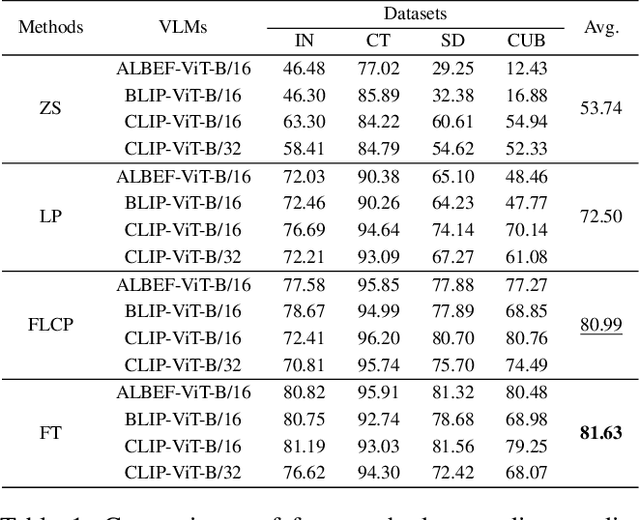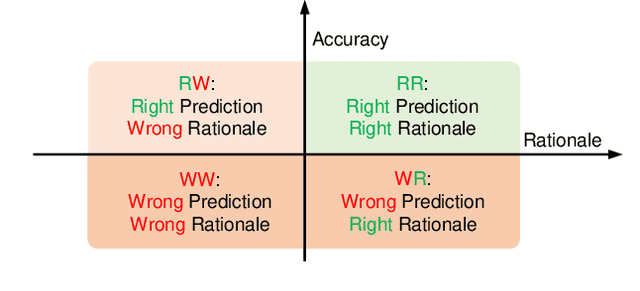Kien X. Nguyen
Cross-Problem Parameter Transfer in Quantum Approximate Optimization Algorithm: A Machine Learning Approach
Apr 14, 2025Abstract:Quantum Approximate Optimization Algorithm (QAOA) is one of the most promising candidates to achieve the quantum advantage in solving combinatorial optimization problems. The process of finding a good set of variational parameters in the QAOA circuit has proven to be challenging due to multiple factors, such as barren plateaus. As a result, there is growing interest in exploiting parameter transferability, where parameter sets optimized for one problem instance are transferred to another that could be more complex either to estimate the solution or to serve as a warm start for further optimization. But can we transfer parameters from one class of problems to another? Leveraging parameter sets learned from a well-studied class of problems could help navigate the less studied one, reducing optimization overhead and mitigating performance pitfalls. In this paper, we study whether pretrained QAOA parameters of MaxCut can be used as is or to warm start the Maximum Independent Set (MIS) circuits. Specifically, we design machine learning models to find good donor candidates optimized on MaxCut and apply their parameters to MIS acceptors. Our experimental results show that such parameter transfer can significantly reduce the number of optimization iterations required while achieving comparable approximation ratios.
Interpretable Failure Detection with Human-Level Concepts
Feb 07, 2025Abstract:Reliable failure detection holds paramount importance in safety-critical applications. Yet, neural networks are known to produce overconfident predictions for misclassified samples. As a result, it remains a problematic matter as existing confidence score functions rely on category-level signals, the logits, to detect failures. This research introduces an innovative strategy, leveraging human-level concepts for a dual purpose: to reliably detect when a model fails and to transparently interpret why. By integrating a nuanced array of signals for each category, our method enables a finer-grained assessment of the model's confidence. We present a simple yet highly effective approach based on the ordinal ranking of concept activation to the input image. Without bells and whistles, our method significantly reduce the false positive rate across diverse real-world image classification benchmarks, specifically by 3.7% on ImageNet and 9% on EuroSAT.
Beyond Accuracy: On the Effects of Fine-tuning Towards Vision-Language Model's Prediction Rationality
Dec 17, 2024



Abstract:Vision-Language Models (VLMs), such as CLIP, have already seen widespread applications. Researchers actively engage in further fine-tuning VLMs in safety-critical domains. In these domains, prediction rationality is crucial: the prediction should be correct and based on valid evidence. Yet, for VLMs, the impact of fine-tuning on prediction rationality is seldomly investigated. To study this problem, we proposed two new metrics called Prediction Trustworthiness and Inference Reliability. We conducted extensive experiments on various settings and observed some interesting phenomena. On the one hand, we found that the well-adopted fine-tuning methods led to more correct predictions based on invalid evidence. This potentially undermines the trustworthiness of correct predictions from fine-tuned VLMs. On the other hand, having identified valid evidence of target objects, fine-tuned VLMs were more likely to make correct predictions. Moreover, the findings are also consistent under distributional shifts and across various experimental settings. We hope our research offer fresh insights to VLM fine-tuning.
SeafloorAI: A Large-scale Vision-Language Dataset for Seafloor Geological Survey
Oct 31, 2024



Abstract:A major obstacle to the advancements of machine learning models in marine science, particularly in sonar imagery analysis, is the scarcity of AI-ready datasets. While there have been efforts to make AI-ready sonar image dataset publicly available, they suffer from limitations in terms of environment setting and scale. To bridge this gap, we introduce SeafloorAI, the first extensive AI-ready datasets for seafloor mapping across 5 geological layers that is curated in collaboration with marine scientists. We further extend the dataset to SeafloorGenAI by incorporating the language component in order to facilitate the development of both vision- and language-capable machine learning models for sonar imagery. The dataset consists of 62 geo-distributed data surveys spanning 17,300 square kilometers, with 696K sonar images, 827K annotated segmentation masks, 696K detailed language descriptions and approximately 7M question-answer pairs. By making our data processing source code publicly available, we aim to engage the marine science community to enrich the data pool and inspire the machine learning community to develop more robust models. This collaborative approach will enhance the capabilities and applications of our datasets within both fields.
Adaptive Cascading Network for Continual Test-Time Adaptation
Jul 17, 2024Abstract:We study the problem of continual test-time adaption where the goal is to adapt a source pre-trained model to a sequence of unlabelled target domains at test time. Existing methods on test-time training suffer from several limitations: (1) Mismatch between the feature extractor and classifier; (2) Interference between the main and self-supervised tasks; (3) Lack of the ability to quickly adapt to the current distribution. In light of these challenges, we propose a cascading paradigm that simultaneously updates the feature extractor and classifier at test time, mitigating the mismatch between them and enabling long-term model adaptation. The pre-training of our model is structured within a meta-learning framework, thereby minimizing the interference between the main and self-supervised tasks and encouraging fast adaptation in the presence of limited unlabelled data. Additionally, we introduce innovative evaluation metrics, average accuracy and forward transfer, to effectively measure the model's adaptation capabilities in dynamic, real-world scenarios. Extensive experiments and ablation studies demonstrate the superiority of our approach in a range of tasks including image classification, text classification, and speech recognition.
Deep learning-based estimation of whole-body kinematics from multi-view images
Jul 12, 2023Abstract:It is necessary to analyze the whole-body kinematics (including joint locations and joint angles) to assess risks of fatal and musculoskeletal injuries in occupational tasks. Human pose estimation has gotten more attention in recent years as a method to minimize the errors in determining joint locations. However, the joint angles are not often estimated, nor is the quality of joint angle estimation assessed. In this paper, we presented an end-to-end approach on direct joint angle estimation from multi-view images. Our method leveraged the volumetric pose representation and mapped the rotation representation to a continuous space where each rotation was uniquely represented. We also presented a new kinematic dataset in the domain of residential roofing with a data processing pipeline to generate necessary annotations for the supervised training procedure on direct joint angle estimation. We achieved a mean angle error of $7.19^\circ$ on the new Roofing dataset and $8.41^\circ$ on the Human3.6M dataset, paving the way for employment of on-site kinematic analysis using multi-view images.
 Add to Chrome
Add to Chrome Add to Firefox
Add to Firefox Add to Edge
Add to Edge